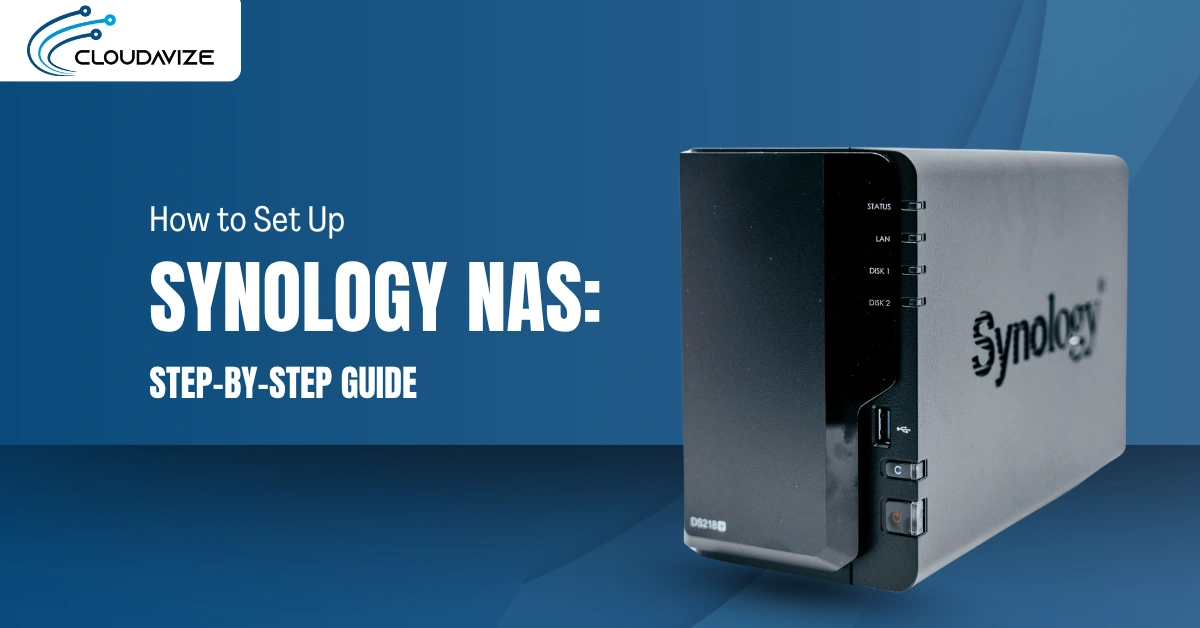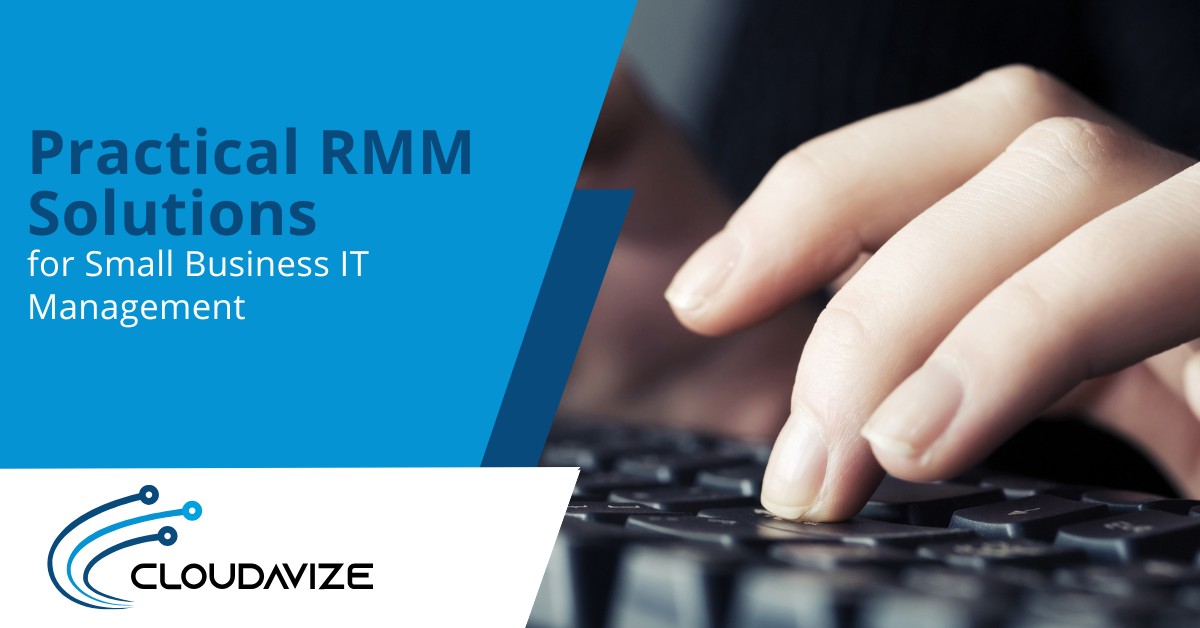You’re working away, in the zone, then all of the sudden your computer starts slowing down and a window pops up asking you to do an application update. You quickly click it away, not wanting to interrupt your work and just as quickly, forget about it.
Until a few months later, when you get a malware infection and find out that the security patch that would’ve kept it from happening was in that update you never applied.
This scenario happens all too often. If you remember that large Equifax data breach that happened a few years back exposing the personal data of millions of people, it happened just as described above. A system vulnerability was exploited that had a patch (never applied) for it released just two months prior.
While those operating system (OS), cloud services, and firmware updates can be inconvenient, they’re critical to ensuring network and device security and protecting your business from a data breach.
60% of data breaches that happened in 2019 were the result of a hacker exploiting an unpatched vulnerability that had a patch previously issued.
A majority of the data breaches that happened last year could’ve been prevented if only software, OS, and firmware updates had been applied in a timely manner.
IT security is just one of the reasons that those updates are important. Read on to learn what’s typically included in those updates and what type of updates you should be applying to your devices.
Table of Contents
What’s Included in an Update?
Updates are bits of code that improve specific areas of your IT infrastructure. They can be issued as a planned upgrade to a software or as an emergency fix. Here are the things that are typically included in a software or firmware (for hardware) update:
- New Features: Many software and OS updates add additional features to a platform to enhance user experience. Not applying updates in this case can mean missing out on some productivity improvements.
- Security Patches: Security patches to fix found vulnerabilities in a software or firmware are one of the most important reasons that updates need to be applied. These are typically done as fast as possible after a particular issue is discovered that could be exploited by a hacker.
- Bug Fixes: Sometimes programs will have small glitches, called bugs. These can be something like a scrollbar disappearing. They’re not generally security related, but cause issues with user experience.
- Compatibility Enhancements: Sometimes updates will include code to take advantage of a new compatibility feature of another platform. For example, if Windows 10 adds a new element that software being used on that platform can take advantage of, software manufacturers will issue a compatibility update.
- Performance Upgrades: Performance upgrades are another component of hardware and software updates. For example, if a program is particularly memory intensive, an update may optimize it to use less memory, making it run faster.
What Do I Need to Update?
If you think you’re okay if you’re just applying your Windows 10 or macOS updates, you’ll be leaving your network vulnerable.
Beyond operating systems, there are several different types of updates to an IT infrastructure and all of them are important.
Operating System Updates
Operating system updates can be anything from short updates that take a few minutes to major updates that take an hour or more. You’ll typically want to make sure you’re properly backed up before doing an OS update, just in case.
Windows 10 gives you the ability to control how updates are applied (automatically or on a schedule), which helps reduce problems with being interrupted with an update when you’re in the middle of something.
Likewise, Mac users also get an option to apply an OS update “now” or schedule it for later.
3rd Party Application Updates
The applications you use will also have updates that need to be applied. Hackers can use a particular software vulnerability to get into an entire network. This includes both computer and mobile device app updates.
You should look for updates being issued for both cloud and non-cloud applications that you use.
Network/Server/Equipment Firmware Updates
Firmware updates are applied to hardware components of IT infrastructure, like a router or server. You’ll also see firmware updates on your computer for things like a BIOS controller or graphics card.
Firmware updates often go unapplied because they don’t typically have the same type of alert system that you get with OS and software updates. However, they’re just as important!
You’ll want to check any notification areas on your PC for firmware updates regularly. Servers, routers, and any smart devices (like a smart security camera) also need to have their firmware updated regularly or they can cause a data breach of your network.
Make Updates Easy by Having Them Automated
Updates can be time consuming if you have multiple devices in your organization. Take the stress out of updates by signing up for a managed IT services plan with Cloudavize. We’ll handle everything for you!
Contact Cloudavize today for a free consultation and to get started.



